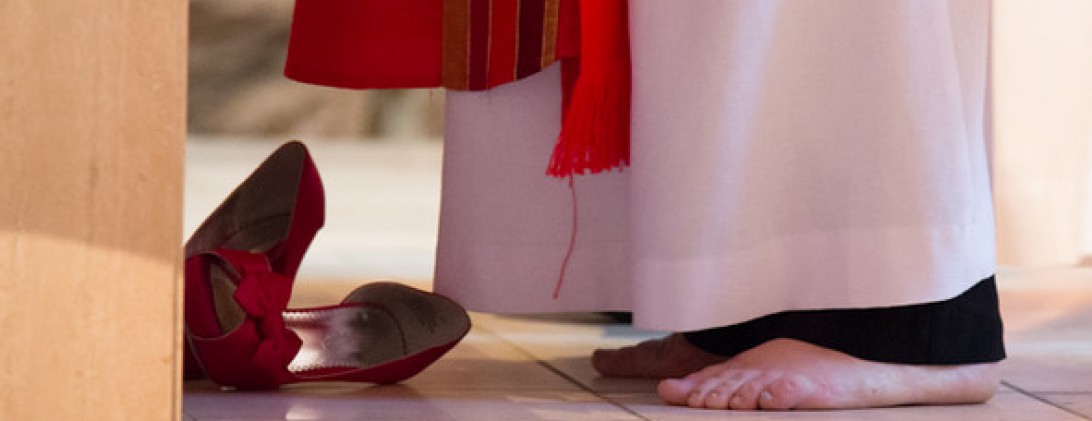One of the things I struggle with in sermon writing is navigating the healing stories. Don’t get me wrong. I love the stories. They fill me with hope and faith. But mostly they bring out my questions and my questioning. And I’m okay with that most days. One of the things I like best about my faith is that it allows me to question, to wonder, and to struggle with the text and with God.
But translating that from my own personal wrestling, to preaching a message to a congregation is hard for me. And a year at of working with sick and sometimes dying children didn’t exactly help that. I have been fortunate to witness the miraculous. But I’ve also been witness to sorrow that is beyond words, ache that knows no soothing, brokenness that shows no sign of repair. I trust in the bigger picture of God, that in God’s good time will, as Julian reminded us, all will be well. Yet in the rawness of sorrow and illness and death, it’s often hard to reconcile the healing Jesus with the realities of the world. Add to it that whole pesky prayer thing. What happens when I pray and my prayer seems to go unanswered, when despite all I believe, what it feels like is there’s no one on the other end of the line?
The Bible has wonderful accounts of how Jesus shows up and heals some people. I’m left wondering about the people he couldn’t get to and the people who were standing on the wrong side of the sea and the people (like us) who seem, at least at first glance, to be standing on the wrong side of time.
Where is God in the most broken of places? Where is God when we feel most alone? I don’t have it all neatly wrapped up in a bow. I don’t have a perfect answer for this post. But I know it’s a place where my deep discomfort is moving me towards a different and new perspective.
In his book Night, Elie Wiesel, professor, author, political activist and former prisoner at Auschwitz writes of a time when they were forced to watch a child being put to death, hanging from the gallows. Someone asked:
“Where is God now?”
And I heard a voice within me answer him:
“Where is He? Here He is—He is hanging here on this gallows. . . .”
At my core, I fiercely believe that God is with us in the midst of our suffering, our sorrows, even when it seems impossible, even when it seems we are alone. And I believe that part of how we come to know God is with us is through the ministrations of other sojourners who travel this earth with us. The power of prayer is not that it fixes everything–it’s that it changes relationships–our relationship with God, our relationships with each other.
So what do you think? Where’s God in suffering? Where’s God in prayer? Do you believe in miracles? Does God still intercede, jumping around like Jesus did, healing the lame, the blind and raising the dead? I’m curious to know what you think.
A final thought: the Senior Warden at my last parish introduced me to this. It resonated with me at such a deep level. Part of it is listed below.
From A Year of Days with the Book of Common Prayer by Bishop Edmond Browning:
If my prayers do not turn to these things into the releases and healings for which I long, does that mean they’ve failed? Does it mean I didn’t pray right? Didn’t pray hard enough? Only if the narrow test of immediate historical change is the only test of prayer’s efficacy. If the only useful prayer is a prayer that works right here and right now, in just the way I want it to work, we’re in trouble. Prayer is not a way to get around human sorrow, a special incantation that produces a desired result God would otherwise withhold from us. It is a thread of holy energy that binds us together. It enables the communion of my soul with the souls of others, whether I know them or not. “I could feel myself lifted by all the prayers,” someone will often tell me after a serious illness. Get enough of these holy threads wrapped around a person, and she will feel them, quite apart from the issue of whether or not she gets what she wants.

